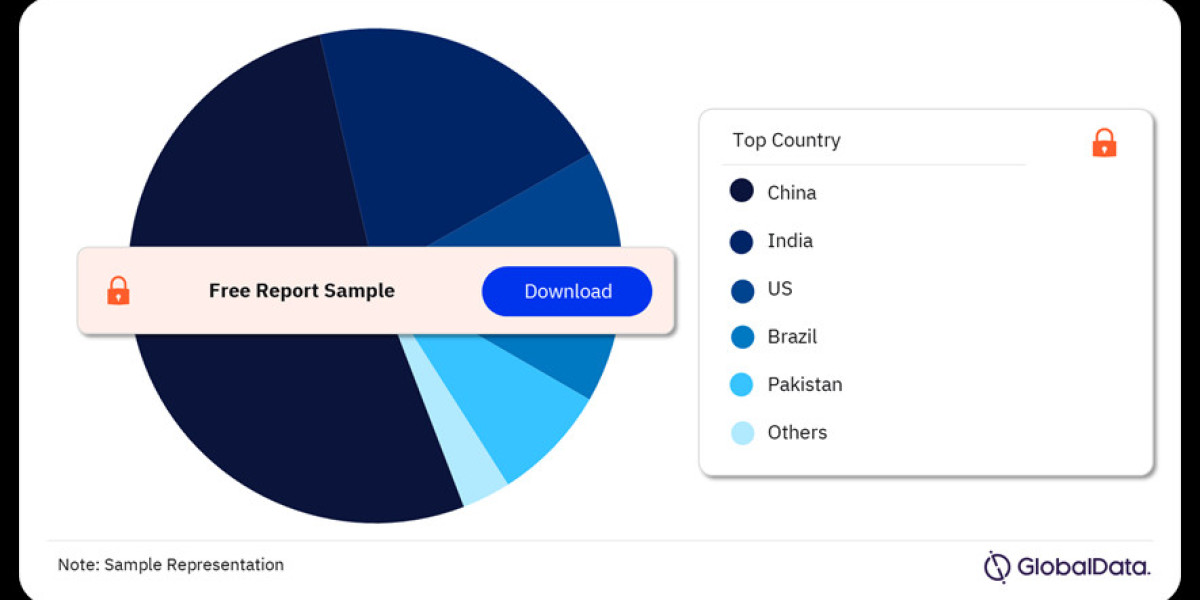Urea, a widely used nitrogen-based compound, plays a critical role in agriculture as a fertilizer and has applications in industrial sectors, including chemical production and automotive systems. The global urea market has seen substantial growth over the years, driven by increasing agricultural demand and advancements in production technology. This analysis explores the market dynamics, key trends, and future prospects for the urea industry.
Market Overview
The global urea market is valued at over $50 billion in 2025, with agriculture accounting for the largest share of consumption. Urea is a cost-effective and efficient nitrogen fertilizer, making it indispensable for enhancing crop yields and supporting global food security. Asia-Pacific remains the largest regional market, with countries like India and China dominating consumption and production.
Key Market Drivers
1. Rising Agricultural Demand
As the global population continues to grow, the demand for food production intensifies. Urea plays a pivotal role in meeting this demand by providing essential nutrients for crops. Governments worldwide are supporting agricultural practices with subsidies and initiatives, further bolstering the urea market.
2. Industrial Applications
Beyond agriculture, urea is used in industrial applications, such as the manufacturing of resins, adhesives, and melamine. Additionally, the automotive sector leverages urea in selective catalytic reduction (SCR) systems to reduce nitrogen oxide emissions, aligning with stringent environmental regulations.
3. Technological Advancements
Advances in urea production processes, such as energy-efficient ammonia synthesis and carbon capture integration, are driving cost reductions and improving environmental sustainability. These innovations are expected to enhance the competitiveness of urea in the global market.
Key Market Trends
1. Shift Towards Sustainable Agriculture
The growing emphasis on sustainable farming practices is prompting the development of enhanced urea formulations, such as coated or slow-release urea, which minimize environmental impact while maintaining efficacy.
2. Increasing Investments in Infrastructure
Many developing nations are investing in urea production infrastructure to reduce dependency on imports and ensure domestic supply security. For instance, new fertilizer plants in Africa and the Middle East are expected to reshape the market dynamics in the coming years.
3. Expansion of the Automotive Sector
The adoption of SCR technology in diesel engines has increased urea demand under the form of diesel exhaust fluid (DEF). With global emission regulations becoming more stringent, this trend is likely to accelerate.
Challenges Facing the Market
1. Volatility in Raw Material Prices
The production of urea relies heavily on natural gas and ammonia, which are subject to price fluctuations. Such volatility can impact the profitability of manufacturers and the affordability for consumers.
2. Environmental Concerns
The use of urea in agriculture can contribute to nitrogen pollution and greenhouse gas emissions. Regulatory pressures to mitigate these effects may pose challenges for market growth, prompting the need for innovative and eco-friendly solutions.
Regional Analysis
Asia-Pacific
Asia-Pacific dominates the urea market, driven by high agricultural activity and government subsidies. India, the largest consumer, is investing heavily in urea production facilities to achieve self-sufficiency.
North America
North America’s market growth is fueled by industrial applications and the expansion of the DEF market. The region is also witnessing significant investments in energy-efficient production technologies.
Europe
In Europe, environmental regulations are shaping market dynamics, with a focus on adopting low-emission agricultural practices and SCR systems in vehicles.
Middle East and Africa
The Middle East and Africa are emerging as key production hubs, leveraging abundant natural gas reserves and lower production costs. Export opportunities to Asia and Europe further enhance the region’s market potential.
Buy the Full Report for More Country Insights into the Urea Market
Download a Free Report Sample








